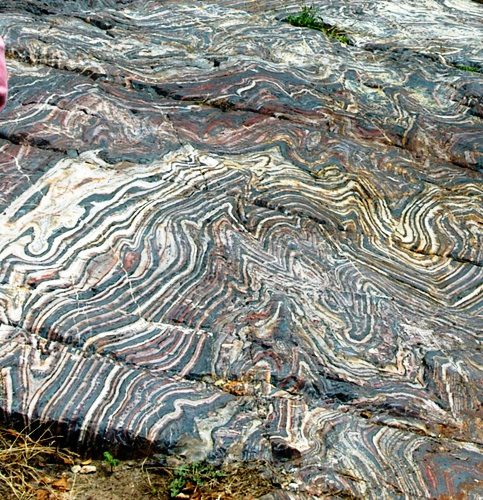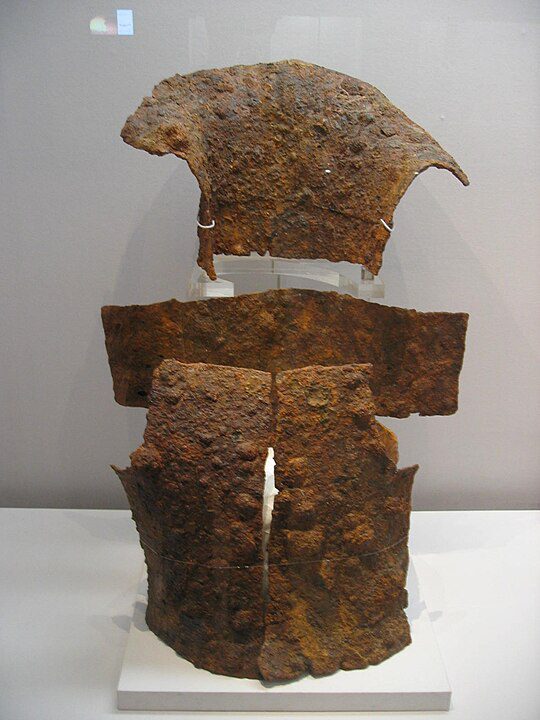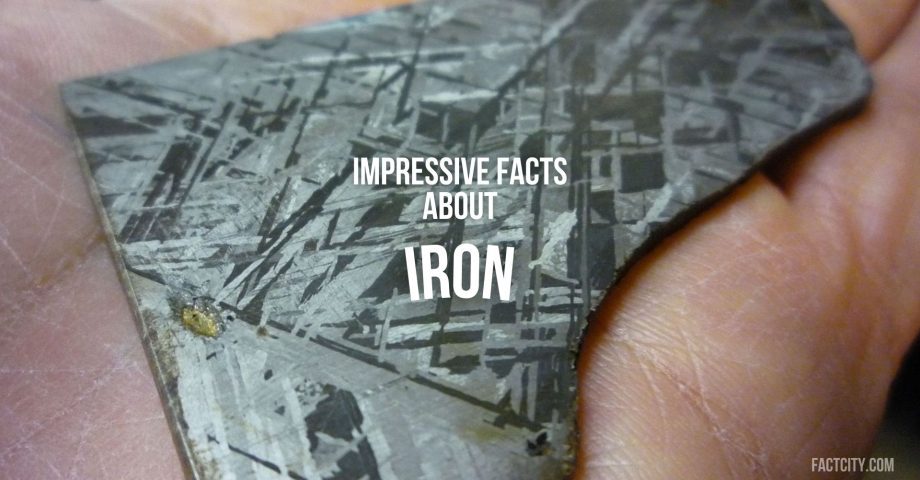Iron is one of the most helpful chemical elements in this world. It has long been used in construction, technology, and it’s even got a strong place in our diets. Either way, it’s high time we all learn more about this element! Here are some fun facts about iron that might just surprise or even impress you.
1. Iron is represented by Fe.
Iron is more challenging to find on the periodic table as chemical elements go if you don’t know what you’re looking for. It is represented by the symbol Fe, and its atomic number is 26.
2. It’s extremely prevalent in the Earth’s crust.
Iron is also the fourth most available element in our planet’s crust! It makes up about 5% of the crust by weight – while you’re probably unlikely to go digging into the crust any time soon, you at least know what elements to expect!
3. It is ferromagnetic.
Iron is a ferromagnetic material. This means it is strongly attracted to magnets and can be magnetized – which is helpful not just for attaching to fridges, but in various engineering feats.

4. Iron is one of our most important construction materials.
Iron is a widely used chemical element. It is commonly used in construction, manufacturing, and transportation. It is also a key component in the production of steel, used in buildings, bridges, cars, and countless other applications.
5. We even need to consume iron to keep healthy.
Iron is also an essential nutrient for humans. It is a crucial component of hemoglobin, the essential protein in red blood cells that transport oxygen from the lungs around the rest of the body.
6. There are even two main dietary irons we should take.
There are two core types of dietary iron. Heme iron is present in animal-based foods, and non-heme iron is visible in plant-based and fortified foods. It’s good to get a mix of both regularly if you can.
7. Iron deficiency is a major concern.
Not getting enough iron in your diet can be a real problem. Iron deficiency is pretty common and can lead to anemia, fatigue, and other health issues.
8. The Iron Age was a pivotal moment in our progression as a species.
Although we tend to hear more about the Bronze Age, there was indeed an Iron Age. The Iron Age between 1200 B.C. and 600 B.C. was known for its advancements in weaponry and tools.
9. Iron’s extremely prone to rust.
One of the weaknesses of iron is that it’s at risk of rusting. Rusting is also known as iron oxide formation, occurring when iron reacts with oxygen and moisture. Rust is visible on iron surfaces, appearing as a powdery brown, red, or orange substance. Sadly, rust is known for weakening and even destroying iron structures over time.
10. Iron is fully recyclable.
One of the most interesting things about iron is that it is highly recyclable! In fact, a significant amount of the world’s iron comes from recycled materials, reducing the need for mining new iron ore.

FAQs about Iron
How can I raise my iron levels quickly?
The best way to raise iron levels in your body is by consuming iron-rich foods. These include red meat, seafood, beans, dark leafy greens, dried fruits (such as raisins), peas, etc. You can also take iron supplements, but it is best to consult your doctor before taking any supplements.
Do I need an iron supplement?
With a balanced diet, you should get all the iron you need from your nourishment. However, if your iron levels are low, iron supplements can help. That being said, as mentioned above, always speak with your doctor before taking any supplements.
What is the biggest structure made of iron?
The iconic Eiffel Tower, a landmark located in Paris, France, stands proudly as the tallest iron structure on the planet! Its impressive height reaches a staggering 300 metres or 984 feet, which is equivalent to almost three full length NFL football pitches. It’s absolutely France’s most famous landmark – and probably the first one you can name that’s made from iron, too!
Further reading
https://chemistrytalk.org/iron-element/
https://www.rsc.org/periodic-table/element/26/iron
Do you know any interesting facts about Iron Share them in the comments below!










